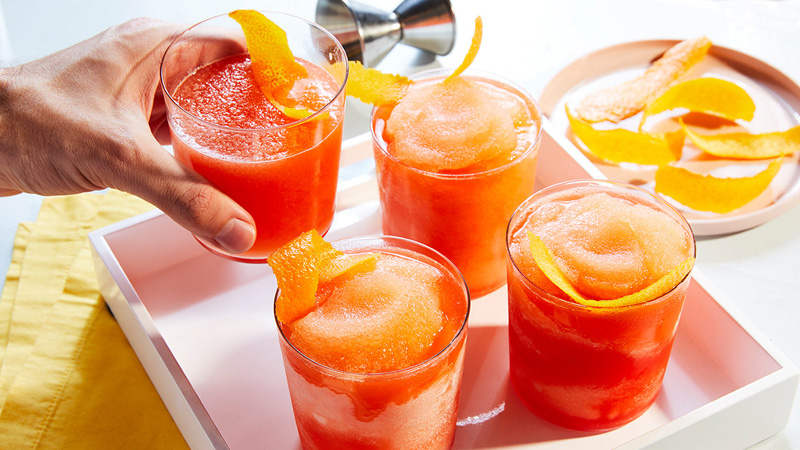I spent the first week of June cautiously venturing outside the house, rediscovering simple pleasures like my first patio burger and beer in ten weeks, although still solo, as I am not in the same bubble or cohort as my usual group of drinking companions.
In an attempt at normalcy, I hosted a virtual Negroni Night via Zoom with the usual crowd. Faithful readers may recall that the first week of June is also known as Negroni Week, a celebration of that famous Italian cocktail.
For those not familiar with the celebration or the tipple for which it is named, Negroni Week was started in 2013 as a charity fundraiser, and has grown from its humble beginnings to over 7700 participating venues worldwide. I remember a cocktail club crawl in Calgary a few years back, visiting but a few of the several dozen drinking establishments participating in Negroni Week, but I could find nary a whisper this year, due to the lingering pandemic.
The Negroni cocktail was invented in the Italian city of Florence, birthplace of the renaissance, home to ancient art and architecture, and as of 1919, the Negroni cocktail. The classic recipe is equal parts gin, sweet red vermouth, and Campari bitters, garnished with a twist of orange peel.
Most readers will be familiar with gin, but the most popular vermouth in North America is the dry white vermouth that we add to martinis, not the sweet red vermouth that is more popular in Europe.
Regardless of whether it is dry or sweet, vermouth is a fortified and aromatized wine that is often used as a mixer, and first appeared on the boozing scene in the 18th century.
While the days of my squandered youth saw plenty of dry white vermouth in martinis, my first introduction to sweet red vermouth was in a century-old tavern in Madrid, where I was surprised to see all the patrons slowly nursing red vermouth from tiny cups, which would be refilled directly from brass spigots embedded in the giant oak barrels behind the bar.
Unlike in North America, where vermouth is primarily considered a mixer, the tavern full of elderly Spanish men were kind enough to explain to me that vermouth is a fortified wine, and most of the production comes from the old-world wine countries of France, Italy, and Spain.
Indeed, those old European countries are full of vermouth-only bars, much like the one I innocently wandered into in Madrid, where the patrons slowly sip different styles of vermouth from tiny tumblers, snacking on little tapas plates the whole time.
It was on that same European vacation that I first sampled Campari, a bitter liqueur invented in 1860 by Gaspare Campari, whose name still graces the bottle today.
Early Campari fans were definitely not squeamish, as the deep red colour of the spirit came from carmine dye, which is extracted from pulverised cochineal insects. Fortunately, the spirit has been bug-free since 2006, when the manufacturing process switched over to a more vegan-friendly artificial dye.
While Campari has historically been strong in the old Italian man demographic, the millennials are starting to take notice, especially with the revival of cocktail culture. Campari is one of several Italian bitters that are commonly used in cocktails, along with similar bitter spirits such as Aperol, Cinzano, or Fernet.
The Negroni cocktail is a delightful study in contrasts, with the sweet vermouth balanced by the bitter Campari, and the gin adding an aromatic kick for good measure.
Every Negroni fan has their favourite recipe, so when I make a Negroni at home, I skip the predictable choices of mass-market gin or vermouth brands, opting for a locally produced artisanal gin from an Alberta craft distiller. My current recipe starts with the Tippa Lovebird Gin, made by a crafty nano-distiller in Okotoks, mixed with the Odd Society Bittersweet Vermouth from Vancouver, along with a dash of bitters I picked up at a farmers market.
If you have never had the pleasure of a Negroni before, they can be found as an aperitif when you are finally able to make a post-pandemic visit to your favourite Italian restaurant, at well-stocked cocktail lounges, or by asking that one friend of yours with the overflowing liquor cabinet. Try one soon!







